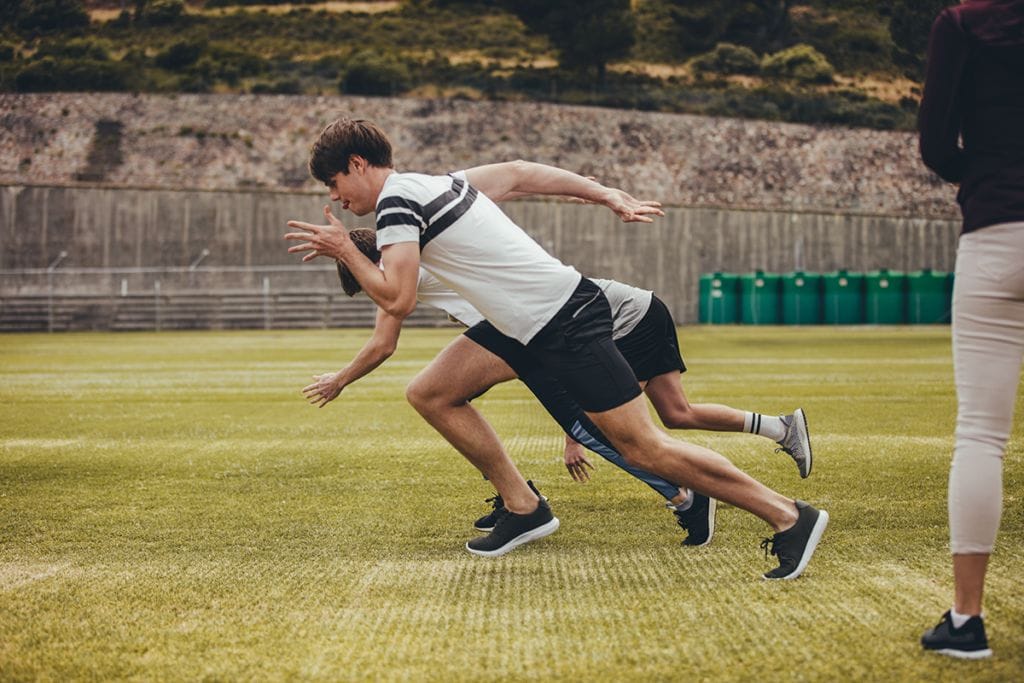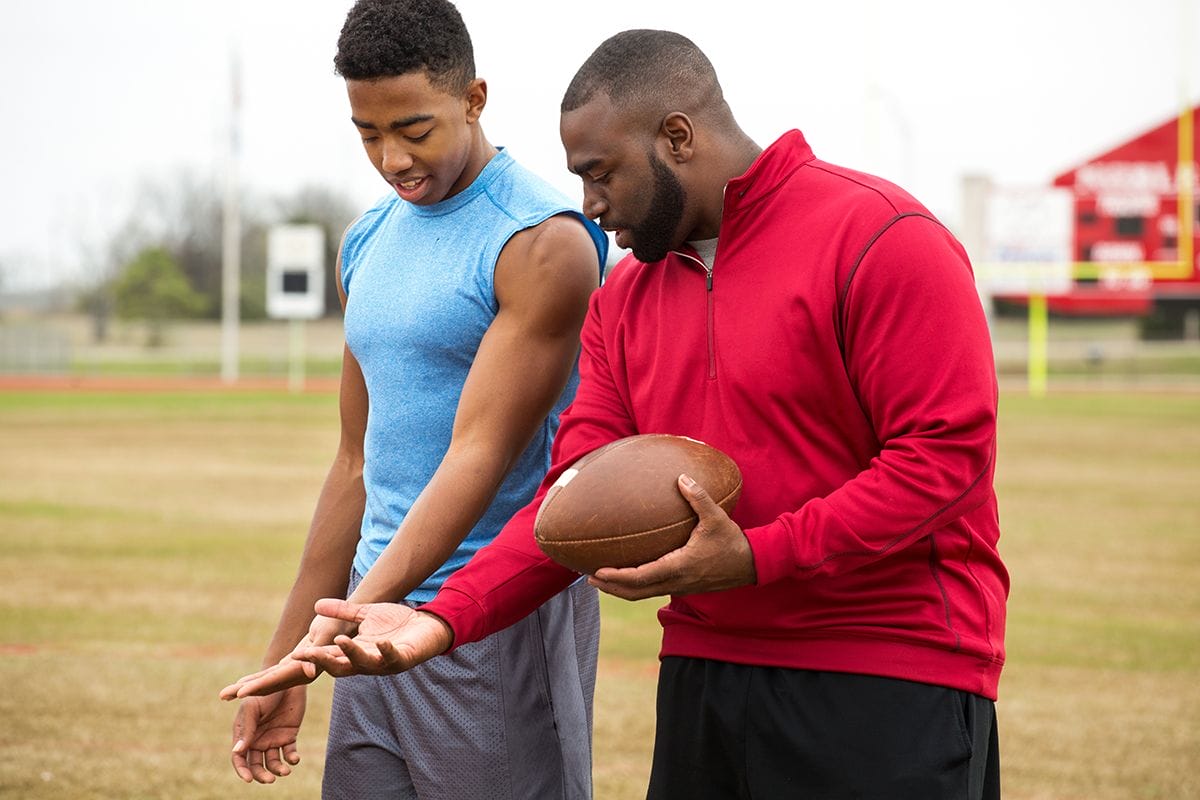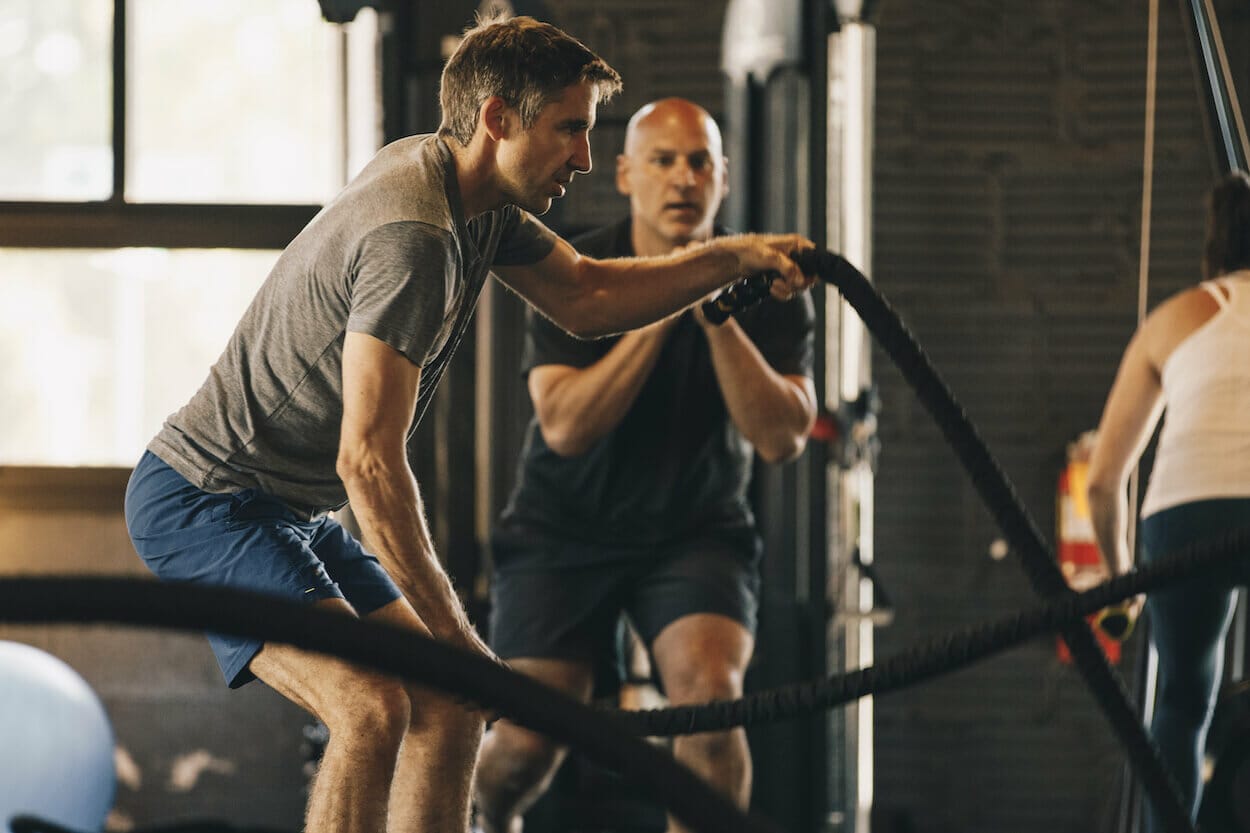Today’s student-athletes can have an adult-like feel when it comes to the demands of high-level performance training. Student-athletes all across the world are trying to keep a leg up on performance to become elite athletes while balancing what sometimes feels like rigorous school demands.
Busy schedules, school courses, timetables, transporting kids to numerous activities, and of course, COVID-19 restrictions present daily challenges. It’s no secret that the varied needs of high-performance student-athletes are difficult to meet in any school environment.
These somewhat dependent schedules can take a toll on the most important thing above all else: school. If you don’t meet your grade requirements, then all that hard work excelling in your sport won’t matter. In certain cases, athletes will be unable to participate in their sport until they meet all of the eligibility requirements.
Staying eligible to play sports can be extremely tough when all of your free time is allotted to training.
Speed Mechanics in Victoria (on Vancouver Island) has tackled this issue by offering an in-house teacher and classroom which offers a dedicated place to work on core courses and elective classes.
The APEX Institute provides education and training options that recognize the unique demands of elite athletes who are aiming at taking their academic and athletic careers to the highest level. At APEX, student-athletes are offered the opportunity to TRAIN and LEARN under one roof.
In addition to state-of-the-art training facilities, students will have unfettered access to classroom space and sports science testing.
Becoming a student-athlete has become more and more challenging but this is an extreme advantage for those trying to juggle time between sports, training, and school. When grades slip, as it is with most families, sports performance or training suffers the most because these are prioritized near-to-last on the list for what takes priority – and sometimes for good reason.
Bringing school to the training facility bridges the gap between these two priorities in a young athlete’s career. When both occur in the same building, it’s molded as part of the process and not an outside element.
Most often, these activities are seen as separate from each other when, in actuality, they can all play an equal role and receive attention under one roof. Becoming a student-athlete has become more challenging, but with a new look at how we tackle the day-to-day issues that can sometimes stress student-athletes out, we have begun to bridge the gaps between training, education, and success in a more holistic way.



